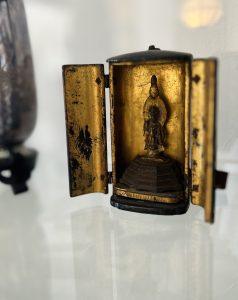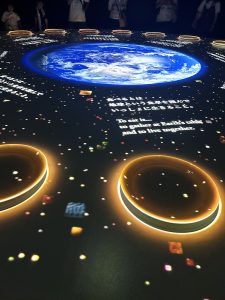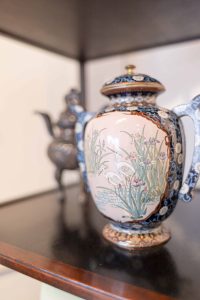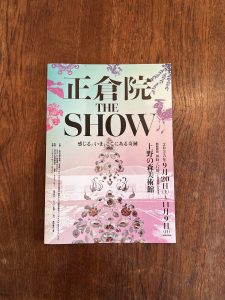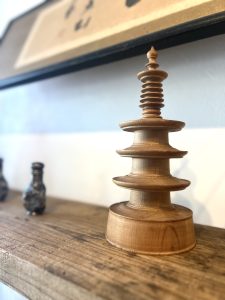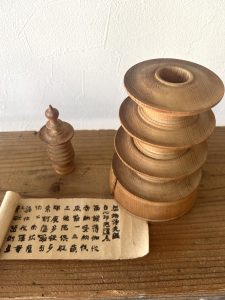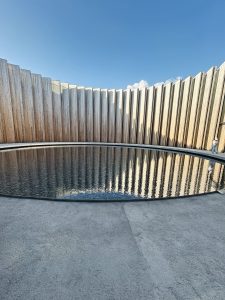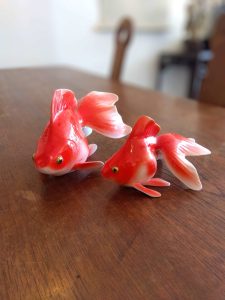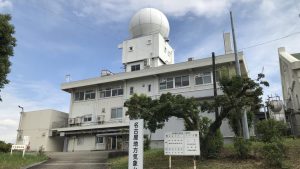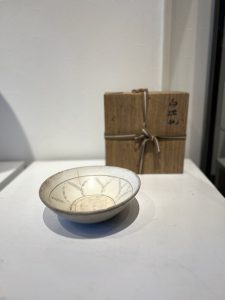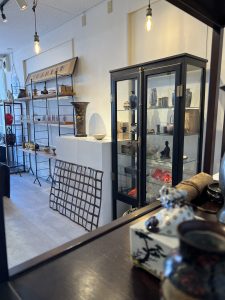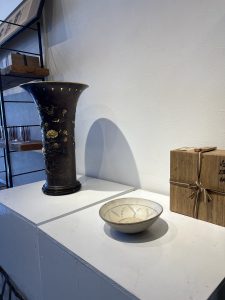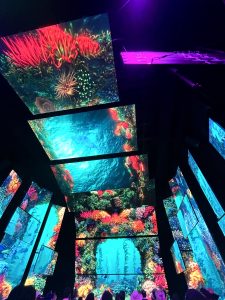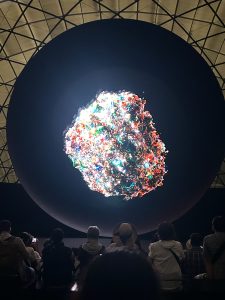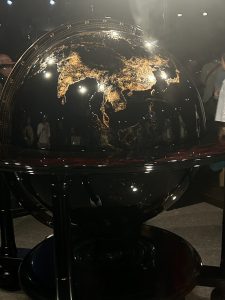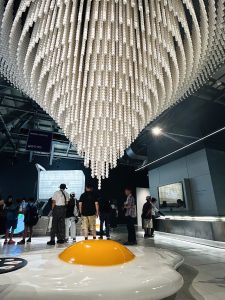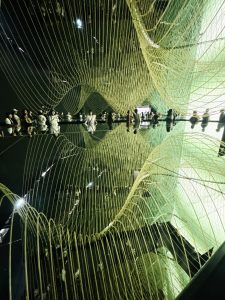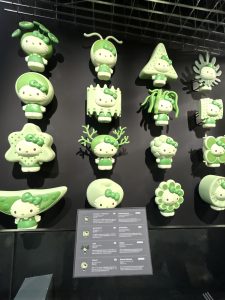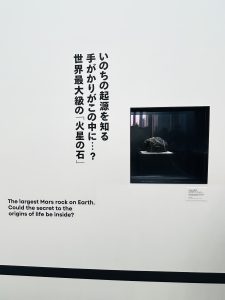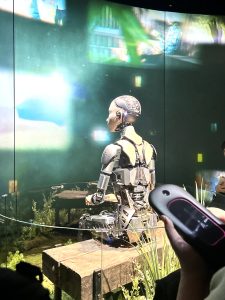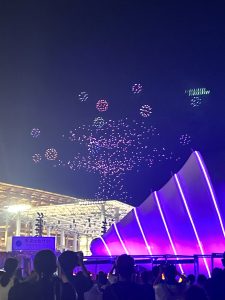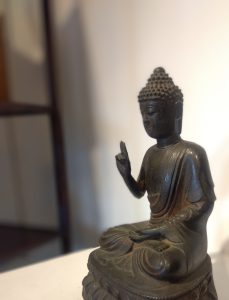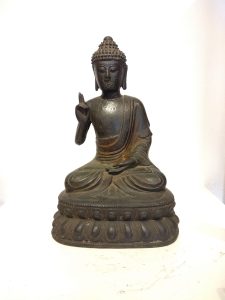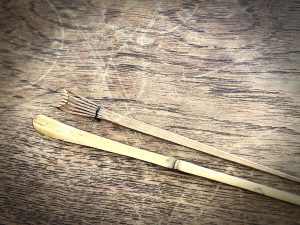2025今池まつりが開催されます(愛知県名古屋市千種区姫池通 骨董買取 古美術風光舎)
2025.09.07

9月14日(日)・15日(月/祝)名古屋市千種区の今池にて「2025 いきいき今池お祭りウィーク」が開催されます。
今池まつりは平成元年より始まり35年の歴史があります。地元のボランティアによって全ての企画運営が行われている地元に愛されるおまつりです。今池交差点、東南エリア、西南エリア、北エリア、路上エリアなどに分かれ、また歩行者天国となる通りもあり、広い範囲で多種多様なイベントが盛りだくさんです。パンフレットを眺めているだけで今池パワーに圧倒されそうになります。関西万博ではありませんが、事前にスケジュールを立て回る必要がある?と思えるほどの充実ぶりです。
場所:今池(商店街全域、今池公園、今池ガスビルなど)
9月14日・15日 AM10時からPM8時
各エリアのステージなどで、ダンス、プロレス、ロック・ジャズなどのライブが多数開催されます。
※9月14日(日)・15日(月・祝)、両日行われる企画スケジュール(予定)はこちらです。
《今池大バザール》(全域で15・16日とも10:00~21:00)
《東南子どもブース》
12:00~18:00 子供ゲーム(風船つり)
《きも善横駐車場》
11:00~16:30 子供ゲーム (今池まつりファンクラブ)
13:00~ 似顔絵コーナー (あいち造形デザイン専門学校)(15日のみ)
《MUFGキッッズパーク》
12:00~18:00 子供ゲーム
15日のみ(第20回アジア競技大会・第5回アジアパラ競技大会PRブース)
《Imaike Park会場 (今池公園)》
10:00~16:00 子供ゲーム・おかしガラポン
《北エリア》
・ノースアイランド(魚清前)
12:00~18:00 ボール・プール
14:00~20:00 ノースアイランド屋台村/勝手にカラオケチャンピオン
・4丁目Pit (水野宏胃腸科内科駐車場)
10:00~16:00 子どもゲーム
おかしガラオポン (なくなり次第終了)
《一本裏会場》(セブンイレブン今池駅南店駐車場)
10:00~17:00 子どもゲーム (なくなり次第終了)
10:00~17:00 防災コーナー/健康コーナー
(千種社会福祉協議会/災害ボランティアちくさネットワーク)
ライブパフォーマンスではインディーズロック、ジャズ、、パンク、ポップス、和太鼓などの多様で即興的なパフォーマンスが繰り広げられ、毎年各会場が熱気に包まれるのだとか。今どきのイベントだけではなく、日本伝統のお神輿の練り歩きなどもあり、独特な雰囲気を味わえ年齢問わず楽しめます。
今池公園などのファミリースペースでは、子供向けのゲームやアクティビティが充実し人気のスペースとなっています。
また地元の飲食店が臨時ブースで出店するほか、屋台がたくさん出店し、お好み焼きやから揚げなどの定番メニューから名古屋名物の味噌カツや手羽先もあり、さらにはタコスやピザ、ケバブなのの異国の味も楽しめるそうなので、お腹を空かしていくのが正解かもしれません。
また今池駅や今池ガスビル1階のギャラリーでは9/1~9/15にかけて「今池回顧写真展」も開かれ、懐かしい風景を楽しむことができます。
残暑はまだまだ厳しそうですが、夕方になると涼しい風も感じられるようになりましたので、ぜひお出かけになってみてはいかがでしょうか。
それでは、また次の機会に。(スタッフH)
September 14 (Sun) and 15 (Mon/Holiday), the “2025 Vibrant Imaike Festival Week” will be held in Imaike, Chikusa Ward, Nagoya City.
The Imaike Festival began in 1989 and has a 35-year history, with all planning and operations carried out by local volunteers. The festival spans a wide area, featuring diverse events across zones like the Imaike Intersection, Southeast Area, Southwest Area, North Area, and Street Areas. Some streets become pedestrian-only zones. Just browsing the pamphlet overwhelms you with Imaike’s energy. It’s not the Kansai Expo, but you might feel the need to plan your schedule in advance to cover everything!
Family-friendly spaces like Imaike Park offer games and activities for children.
Location: Imaike (entire shopping district, Imaike Park, Imaike Gas Building, etc.) 14th & 15th 10:00 AM to 8:00 PM
Food stalls, parades, dance performances, pro wrestling, and live rock/jazz concerts will be held in each area.
※Other event schedules are available here.
September 14th (Sun) & 15th (Mon/Holiday)
《Imaike Grand Bazaar》 (All areas, both 15th & 16th, 10:00 AM – 9:00 PM)
《Southeast Children’s Booth》
12:00 PM – 6:00 PM: Children’s Games (Balloon Fishing)
《Kimozen Parking Lot》
11:00 AM – 4:30 PM: Children’s Games (Imaike Festival Fan Club)
1:00 PM~ Portrait Corner (Aichi College of Design) (15th only)
《MUFG Kids Park》
12:00 PM~6:00 PM Children’s Games
15th only (20th Asian Games・5th Asian Para Games PR Booth)
《Imaike Park Venue (Imaike Park)》
10:00 AM – 4:00 PM Children’s Games / Candy Gachapon
《North Area》
・North Island (in front of Uosei)
12:00 PM – 6:00 PM Ball Pool
2:00 PM – 8:00 PM North Island Food Stall Village / Karaoke Champion Contest
・4-chome Pit (Mizuno Hiro Gastroenterology & Internal Medicine Parking Lot)
10:00 AM – 4:00 PM Children’s Games
Candy Gachapon (ends when supplies run out)
《One Block Back Venue》 (Seven-Eleven Imaike Station South Store Parking Lot)
10:00 AM – 5:00 PM Children’s Games (ends when supplies run out)
10:00 AM – 5:00 PM Disaster Prevention Corner / Health Corner
(Chikusa Social Welfare Council / Disaster Volunteer Chikusa Network)
Live performances feature diverse, improvisational acts like indie rock, jazz, punk, pop, and Japanese taiko drumming, reportedly filling each venue with excitement every year. Beyond contemporary events, traditional Japanese mikoshi mikoshi processions add a unique atmosphere, making this a festival enjoyable for all ages.
In addition to temporary booths by local restaurants, numerous food stalls offer everything from staples like okonomiyaki and karaage to Nagoya specialties like miso katsu and chicken wings. You can even enjoy international flavors like tacos, pizza, and kebabs, so arriving hungry is definitely the way to go.
Furthermore, from September 1st to 15th, the “Imaike Retrospective Photo Exhibition” will be held at Imaike Station and the gallery on the first floor of the Imaike Gas Building, allowing you to enjoy nostalgic views of the area.
The lingering summer heat still seems intense, but you can feel a cool breeze in the evenings now. Why not head out and experience it?
Until next time. (Staff H)
*******************
ご実家の整理やお片付けなどをされている方のご相談などが多くございます。
お片付けなどくれぐれもご無理のないようになさってくださいませ。
風光舎では古美術品や骨董品の他にも絵画や宝石、趣味のお品など様々なジャンルのものを買受しております。
お片付けをされていて、こういうものでもいいのかしらと迷われているものでも、どうぞお気軽にご相談下さいませ。
また風光舎は、出張買取も強化しております。ご近所はもちろん、愛知県内、岐阜県、三重県その他の県へも出張いたします。
まずは、お電話お待ちしております。
愛知県名古屋市千種区姫池通
骨董 買取【古美術 風光舎 名古屋店】
TEL052(734)8444
10:00-17:00 OPEN
#出張買取#骨董#古美術#骨董品#絵画#版画#茶道具#刀剣#彫刻

